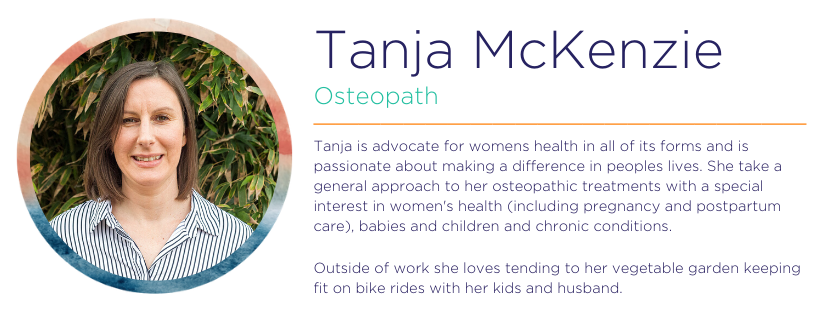As well as dealing with all the changes that occur to a woman’s body throughout the duration of pregnancy, as many as a quarter to half of new mums can experience further issues involving pain in their wrist and thumb. A condition known as De Quervain’s Tenosynovitis, which is sometimes referred to as “Mummy Thumb”or “Mummy Wrist”, can cause a lot of pain in the wrist and thumb and sometimes radiate up the forearm, especially when moving the thumb or hand.
As a new mum, we know that it is difficult not to use your wrist and thumb. Some women may not be accustomed to using their hands and wrists so much in a day. Daily tasks such as lifting your baby in and out of car seats, onto change tables, in and out of cots and breastfeeding or bottle feeding all involve increased loading on the tendons that control the movements of your wrist and hand. That, coupled with an increase in smart phone use, has all led to an increase in this condition. Inflammation/swelling of one or more of these tendons that control movements of the wrist and thumb causes pain on the back of the thumb and wrist/forearm.
The Osteopaths at Whole Body Health and Wellness can clinically diagnose De Quervain’s Tenosynovitis from listening to your symptoms and by using the common diagnostic test called the Finklestein Test. The Finklestein Test involves grasping your affected thumb in a fist with the same hand and tilting your wrist towards your little finger which will be positive for pain in the wrist/thumb.
Treatment of DeQuervain’s Tenosynovitis involves:
- Rest/reduce hand movements. This is hard when you are a new mum but getting some support with family members that may be able to help with lifting baby or lifting grocery bags etc. may speed up the recovery process.
- Take regular breaks if you are doing repeated hand and thumb movements.
- Aim to keep your wrist in a neutral position (keeping it straight with your forearm) when using your hand/wrist.
- A splint may be beneficial for short term use. We can advise on the most suitable splint and order for you. Kinesiology taping may also be helpful as you wean off the splint.
- Ice. If there is swelling sometimes icing the area for 5-10 minutes can help.
- Stretching the muscles of the forearm.
- Strengthening the forearm muscles.
- Coriticosteriod injection (if severe).
Osteopaths are holistic practitioners and we will look at related segments for the wrist and hand and treat your body to encourage good healthy blood and nerve supply for healing. As well as prescribing exercises to help the condition, hands on treatment such as massage and joint mobilisation may also accelerate healing. Sometimes advice on how to lift baby to reduce strain on the wrist may help too.
Although life is busy as a new mum, don’t ignore any pain in your wrist and hands. Get it assessed early so that you can make a quicker recovery and get back to enjoying your baby. If you think you may have this condition or know someone who does, call 5200 1044 to book in with one of the Osteopaths.
About the author:

